How to get URL link on X (Twitter) App

 2/ Thus, when the Greek colonists arrived on the island after the mid-8th century BC, they found three population groups: the Sicilians in the E, the Sicanians in the C-W, and the Elymians in the NW. The origin of these peoples has been a subject of controversy since antiquity.
2/ Thus, when the Greek colonists arrived on the island after the mid-8th century BC, they found three population groups: the Sicilians in the E, the Sicanians in the C-W, and the Elymians in the NW. The origin of these peoples has been a subject of controversy since antiquity. 
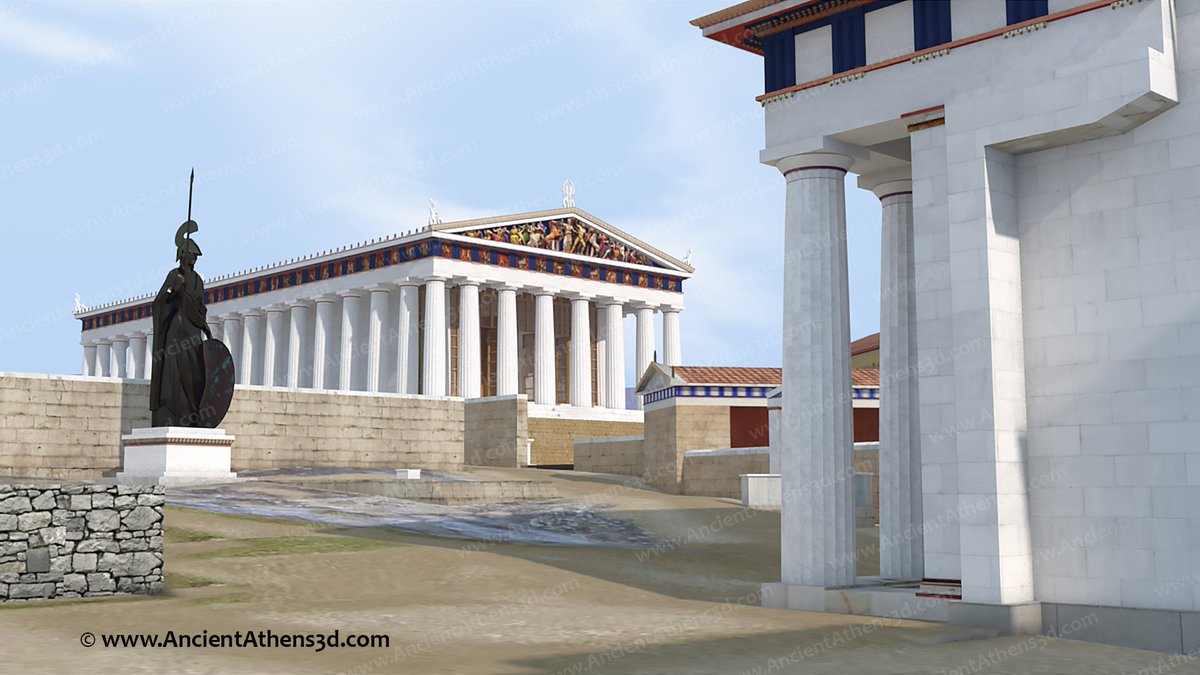
https://twitter.com/hermahai/status/1992688029610463440
 2/ But let's start from the beginning. Long before the city of Athens became the dominant center of the region, its name was Actaea and it belonged to a wider community, Att(h)is < Attica. The inhabitants of Attica at that time were not Greek-speaking (pre-Greek substrate).
2/ But let's start from the beginning. Long before the city of Athens became the dominant center of the region, its name was Actaea and it belonged to a wider community, Att(h)is < Attica. The inhabitants of Attica at that time were not Greek-speaking (pre-Greek substrate). 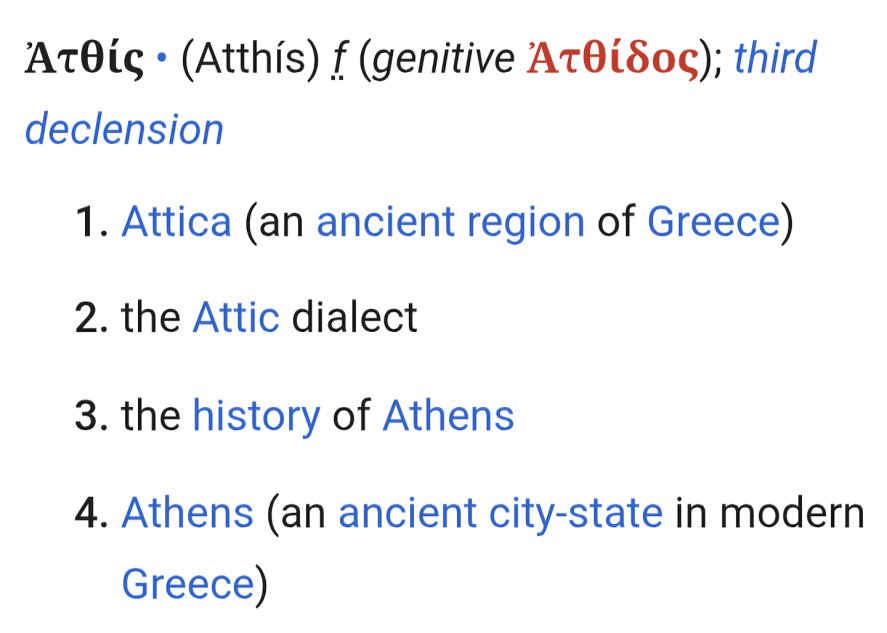
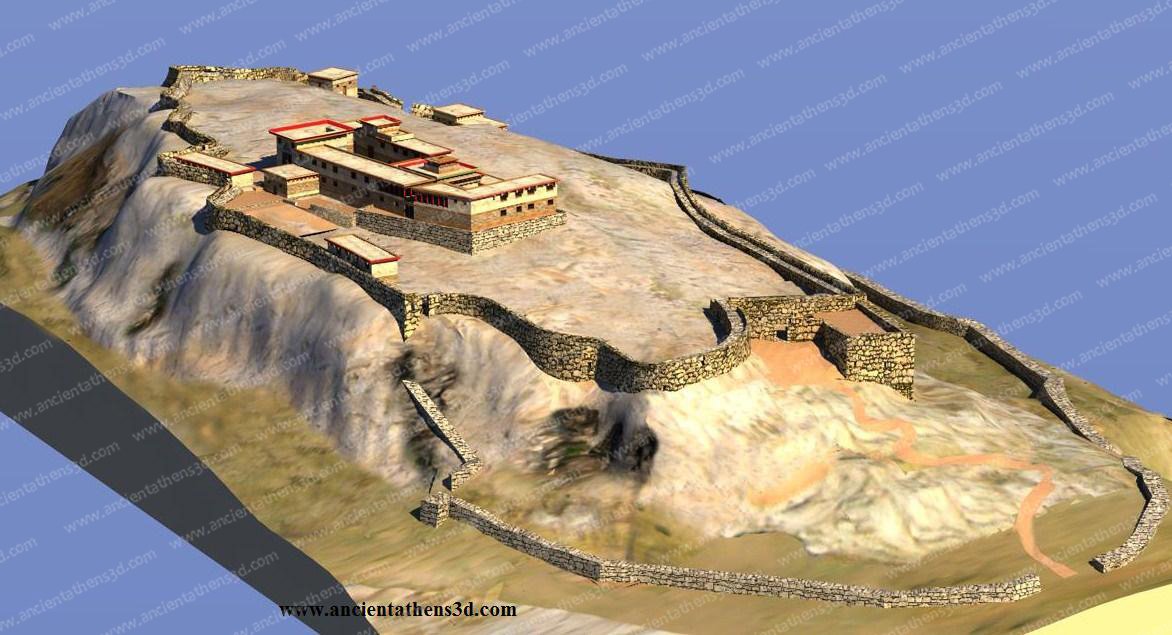
 2/ But who were the ones who built the new Mycenaean citadel Athens? The answer lies in the question of what purpose its building served. In my opinion, the Athenian elites had neither the financial means nor the know-how to construct such a project.
2/ But who were the ones who built the new Mycenaean citadel Athens? The answer lies in the question of what purpose its building served. In my opinion, the Athenian elites had neither the financial means nor the know-how to construct such a project. 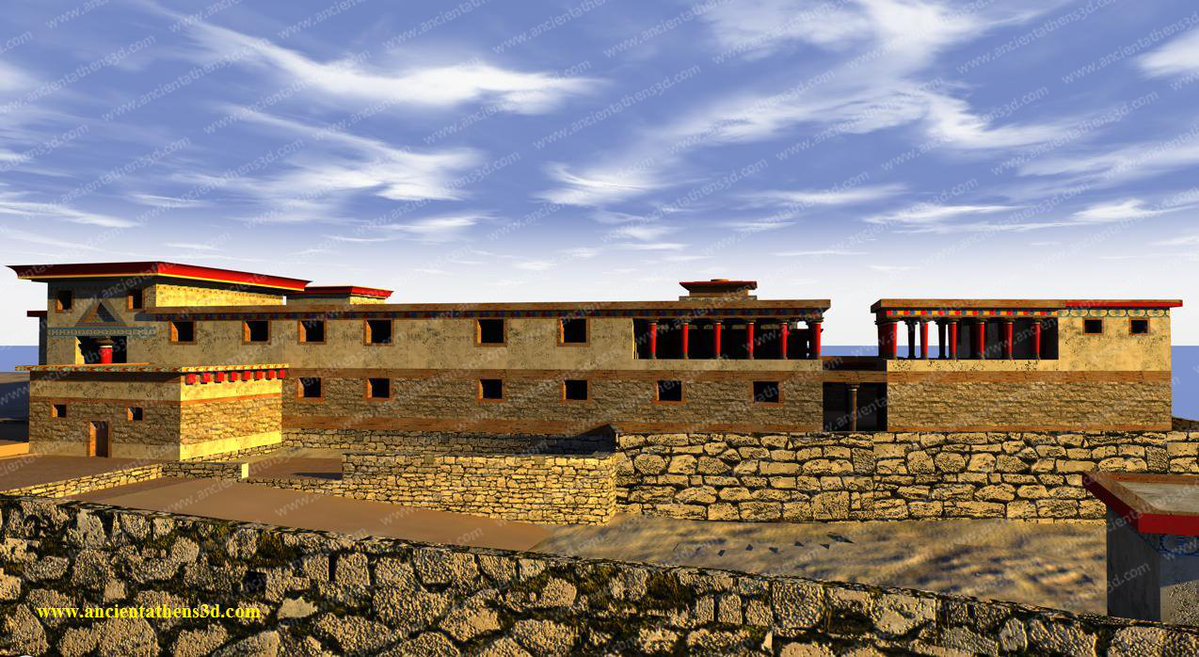
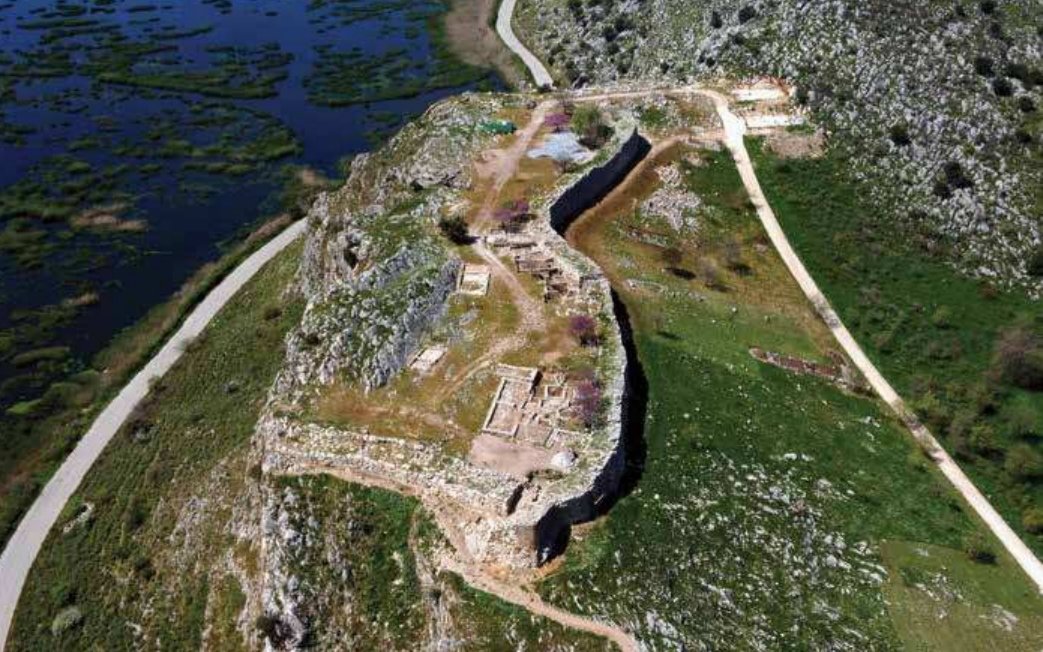
 2/ Recent field study has placed its presence on a more realistic basis. First of all, the human presence on the Hill of Kalogria where the Citadel is built bears evidence of human presence, residential remains and pottery, dating back to the end of the 4th millennium BC.
2/ Recent field study has placed its presence on a more realistic basis. First of all, the human presence on the Hill of Kalogria where the Citadel is built bears evidence of human presence, residential remains and pottery, dating back to the end of the 4th millennium BC. 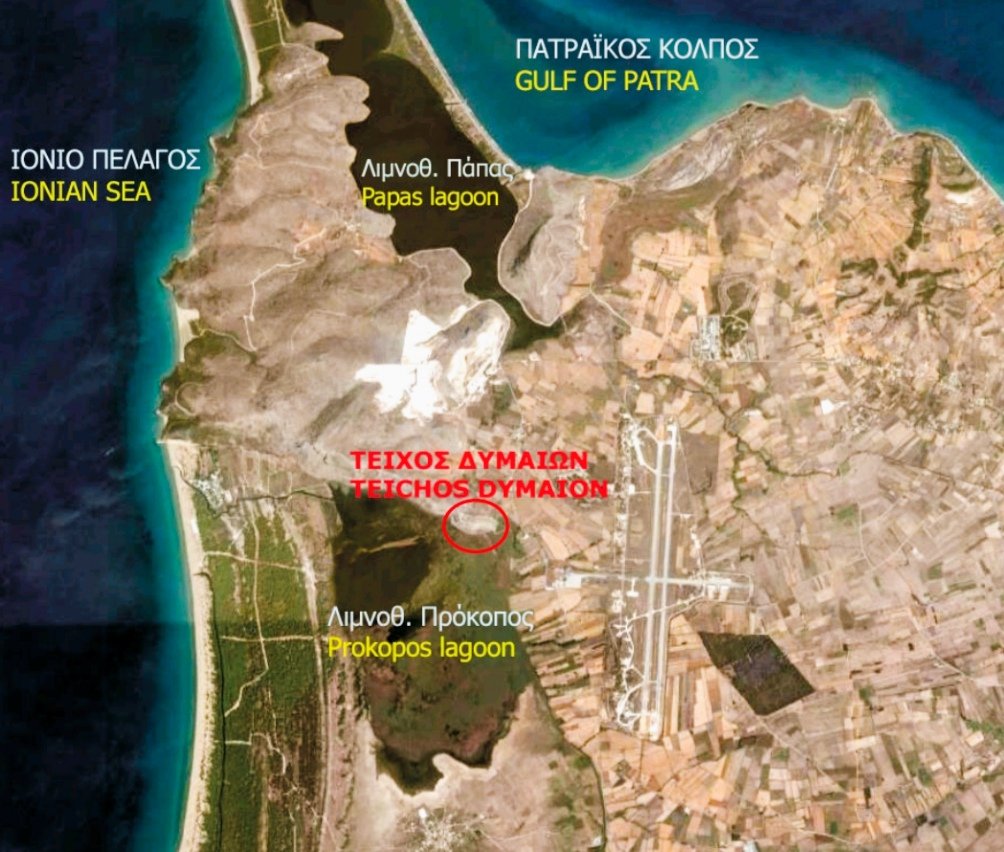

https://twitter.com/lefineder/status/1975325057225261363
 2/The main body of the myth of Trojan War - the gathering of the Achaean warlords under the leadership of the strongest of them, the king of Mycenae, and the naval campaign in the Troad - constitutes the only connection between the historical background and the Homeric narrative.
2/The main body of the myth of Trojan War - the gathering of the Achaean warlords under the leadership of the strongest of them, the king of Mycenae, and the naval campaign in the Troad - constitutes the only connection between the historical background and the Homeric narrative. 

 2/ This fact is not an unusual occurrence for the Eastern Mediterranean, as in Egypt and Anatolia two or more languages were used to serve different purposes. However, in Minoan Crete the coexistence of the two scripts for a period of about a century served the same purpose: 👉
2/ This fact is not an unusual occurrence for the Eastern Mediterranean, as in Egypt and Anatolia two or more languages were used to serve different purposes. However, in Minoan Crete the coexistence of the two scripts for a period of about a century served the same purpose: 👉 


 2/ However, what was the daily life of commoners? What was their status within the Mycenaean palatial society? As in the other kingdoms of the Eastern Mediterranean during the LBA, there was a clear social stratification with political, economic and ideological characteristics.
2/ However, what was the daily life of commoners? What was their status within the Mycenaean palatial society? As in the other kingdoms of the Eastern Mediterranean during the LBA, there was a clear social stratification with political, economic and ideological characteristics. 

https://twitter.com/PlakoudasSpyros/status/1915326718803431513
 2/ Recent archaeological surveys has identified two time points of destruction of Troy that may be related to the Trojan War. The first event took place before the middle of the 13th century BC, had the character of a violent enemy attack and marked the destruction of Troy VIh.👉
2/ Recent archaeological surveys has identified two time points of destruction of Troy that may be related to the Trojan War. The first event took place before the middle of the 13th century BC, had the character of a violent enemy attack and marked the destruction of Troy VIh.👉 

 2/ SW Argolid - Late 6th century AD: A group of about 50 people, consisting of young women, teenage boys and children, are hurrying towards the foothills of Mount Zavitsa. They are terrified but they know very well where they are going. They arrive at the Andritsa cave, 👉
2/ SW Argolid - Late 6th century AD: A group of about 50 people, consisting of young women, teenage boys and children, are hurrying towards the foothills of Mount Zavitsa. They are terrified but they know very well where they are going. They arrive at the Andritsa cave, 👉 

 2/ I'd like to dwell, however, on certain conclusions that emerge from the examination of archaeological data from the Argolic palatial centers and specifically during the LH IIIB2 phase (final palatial period). All the evidence points to the emergence of a new palatial ideology.
2/ I'd like to dwell, however, on certain conclusions that emerge from the examination of archaeological data from the Argolic palatial centers and specifically during the LH IIIB2 phase (final palatial period). All the evidence points to the emergence of a new palatial ideology. 

 2/ Huge walls were erected made of carved limestone blocks according to Cyclopean masonry, turning Tiryns into one of the best-protected sites of the Mycenaean world. Similar monumental fortification projects took place during the same period in Mycenae and Midea. 👉
2/ Huge walls were erected made of carved limestone blocks according to Cyclopean masonry, turning Tiryns into one of the best-protected sites of the Mycenaean world. Similar monumental fortification projects took place during the same period in Mycenae and Midea. 👉 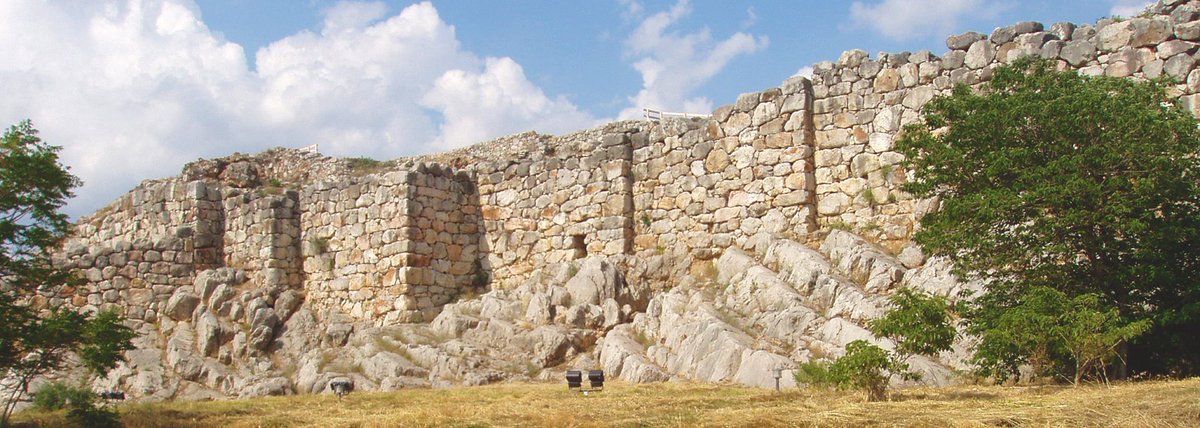

 2/ One such case is the sealing label PY Wa 197, which was found in Room 7 of the palace of Pylos, the main storage area for local palatial documents. The sealing labels were clay balls impressed on the front of wicker archive-spaces (baskets or boxes), 👉
2/ One such case is the sealing label PY Wa 197, which was found in Room 7 of the palace of Pylos, the main storage area for local palatial documents. The sealing labels were clay balls impressed on the front of wicker archive-spaces (baskets or boxes), 👉 


 2/ The founding of Mycenae took place during the late MH III period and probably stemmed from the relocation of a faction that was expelled from Aspis of Argos due to social conflicts. The members of this faction were the shapers of Mycenaean civilization, as they broke with 👉
2/ The founding of Mycenae took place during the late MH III period and probably stemmed from the relocation of a faction that was expelled from Aspis of Argos due to social conflicts. The members of this faction were the shapers of Mycenaean civilization, as they broke with 👉 

https://twitter.com/WanaxTV/status/1894416905982693583
 2/ In PY Aq 64 two important characteristics of Klymenos are presented. He is recorded as a morópas, that is, as a provincial nobleman who held a private plot of land, and as a koretēr, that is, as a provincial governor of the kingdom of Pylos, having important duties as the👉
2/ In PY Aq 64 two important characteristics of Klymenos are presented. He is recorded as a morópas, that is, as a provincial nobleman who held a private plot of land, and as a koretēr, that is, as a provincial governor of the kingdom of Pylos, having important duties as the👉 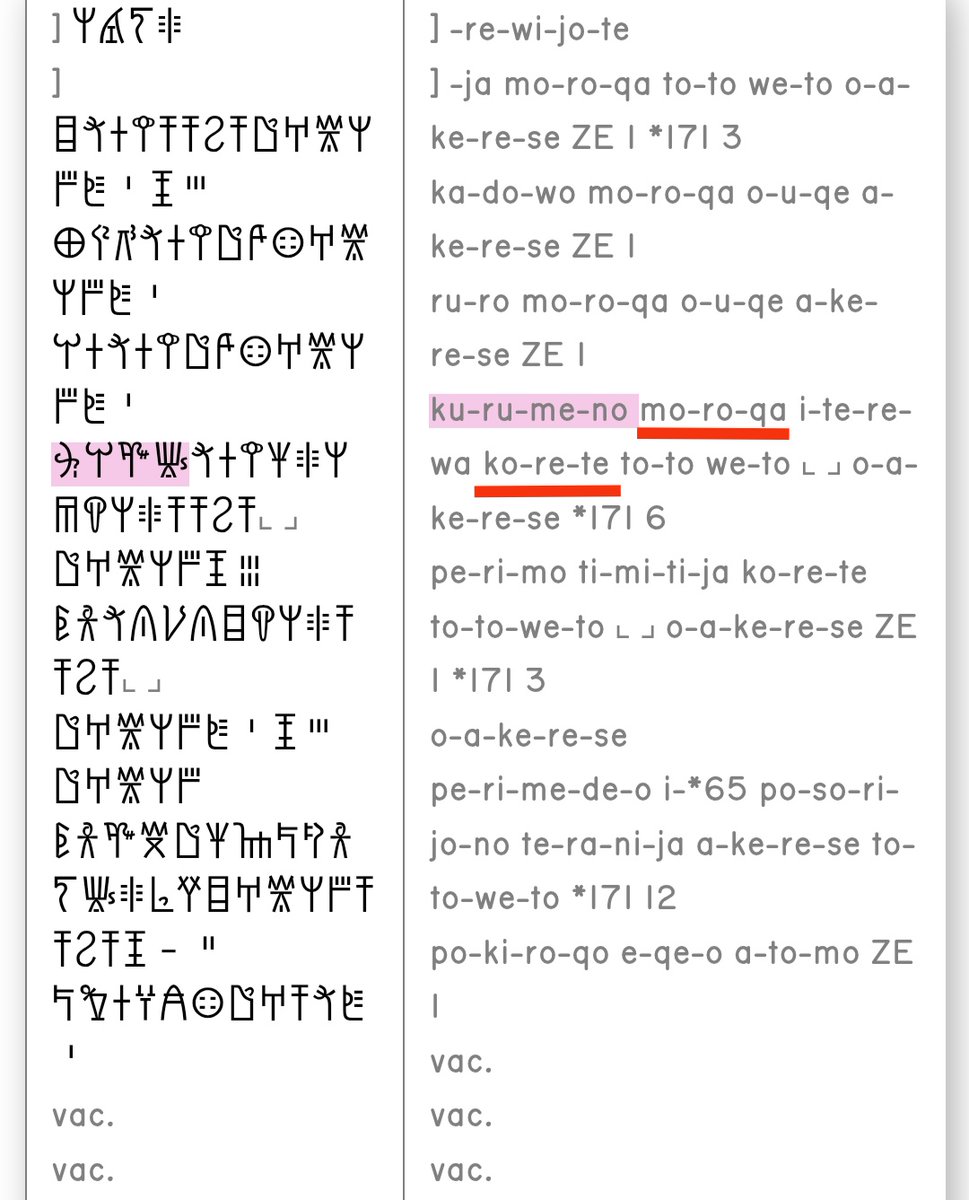

 2/ But could the examination of additional parameters differentiate this conclusion? Maybe should archaeogenetic data be combined with archaeological and written evidence to have a more complete view of who the Philistines ultimately were?
2/ But could the examination of additional parameters differentiate this conclusion? Maybe should archaeogenetic data be combined with archaeological and written evidence to have a more complete view of who the Philistines ultimately were? 

 2/ Their distinct identity and proximity to powerful Indo-European peoples (French, Spanish), who have attempted several times in the past to assimilate them, has forged them with the idea of constantly striving to preserve their own cultural characteristics.
2/ Their distinct identity and proximity to powerful Indo-European peoples (French, Spanish), who have attempted several times in the past to assimilate them, has forged them with the idea of constantly striving to preserve their own cultural characteristics. 

 2/ The study of epigraphic texts of the three languages has demonstrated that they share common features in phonology, morphology and syntax. Their lexical correspondences are rare, which is probably due to a very early separation from the common protolanguage.
2/ The study of epigraphic texts of the three languages has demonstrated that they share common features in phonology, morphology and syntax. Their lexical correspondences are rare, which is probably due to a very early separation from the common protolanguage. 


 2/ Mycenae played an important role in the transformation of the Mycenaean world, as it evolved into a leading power in Argolid and mainland Greece in general. The warlords of Argolid were the protagonists in the conquest of Crete, the islands of the Archipelago and Miletus.
2/ Mycenae played an important role in the transformation of the Mycenaean world, as it evolved into a leading power in Argolid and mainland Greece in general. The warlords of Argolid were the protagonists in the conquest of Crete, the islands of the Archipelago and Miletus. 


 2/ Its cargo testifies to a special purpose sea voyage. It included a large quantity of copper ingots, numerous vessels and mainly exotic - precious objects intended for a very specific elite audience (carved ivory vessels and jewelry made of gold and semi-precious stones), 👉
2/ Its cargo testifies to a special purpose sea voyage. It included a large quantity of copper ingots, numerous vessels and mainly exotic - precious objects intended for a very specific elite audience (carved ivory vessels and jewelry made of gold and semi-precious stones), 👉 
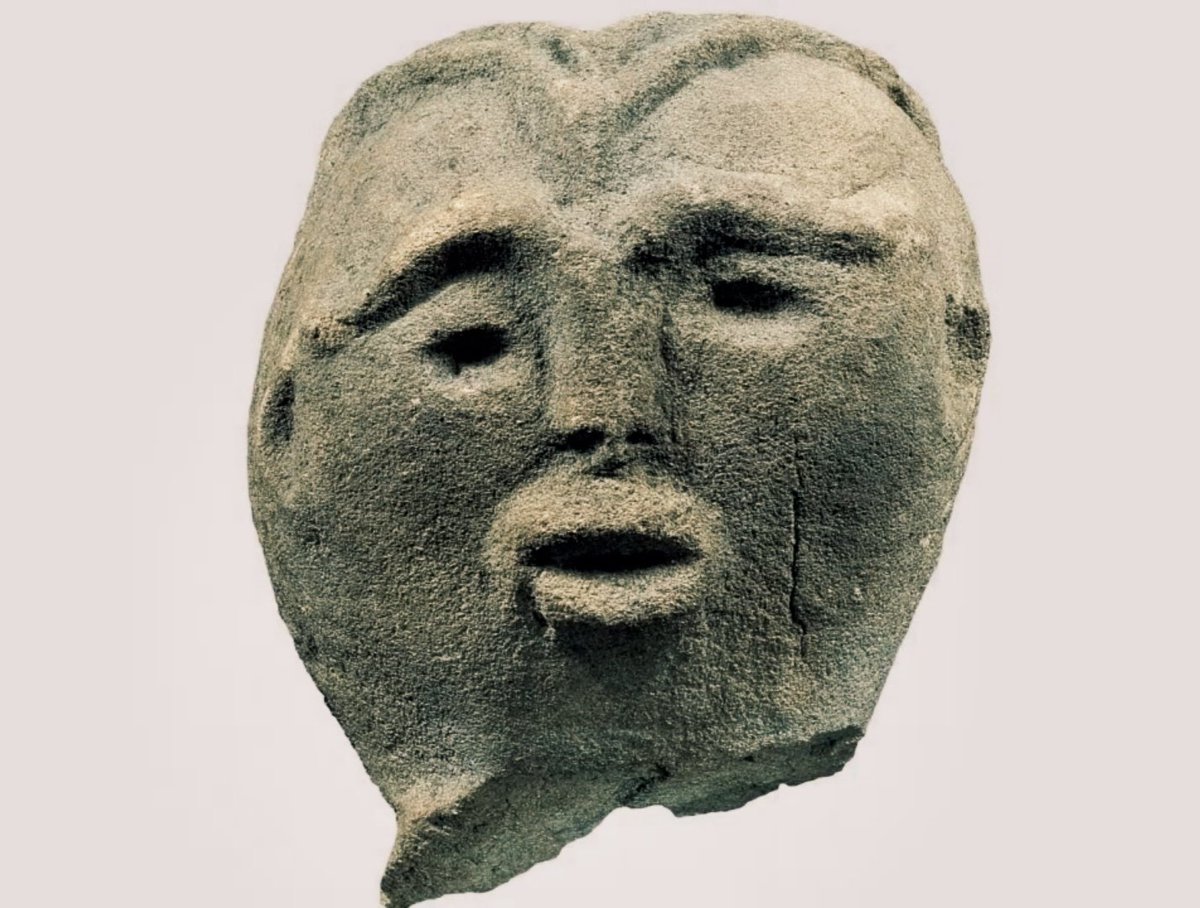
 2/ The first inhabitants of Lemnos were the Sintians, a people of Thracian or Phrygian origin, who, according to legend, cared for and raised Hephaestus, who was exiled from Olympus. More generally, the Sintians are related to the Neolithic inhabitants of Poliochni and Myrina.
2/ The first inhabitants of Lemnos were the Sintians, a people of Thracian or Phrygian origin, who, according to legend, cared for and raised Hephaestus, who was exiled from Olympus. More generally, the Sintians are related to the Neolithic inhabitants of Poliochni and Myrina. 


 2/ On the other hand, there were some scholars who argued that the appearance of the Minoan palaces was the creative result of a native genius craftsman. On a more logical basis, other scholars seek the emergence of palaces through the evolution of local architectural structures.
2/ On the other hand, there were some scholars who argued that the appearance of the Minoan palaces was the creative result of a native genius craftsman. On a more logical basis, other scholars seek the emergence of palaces through the evolution of local architectural structures. 
